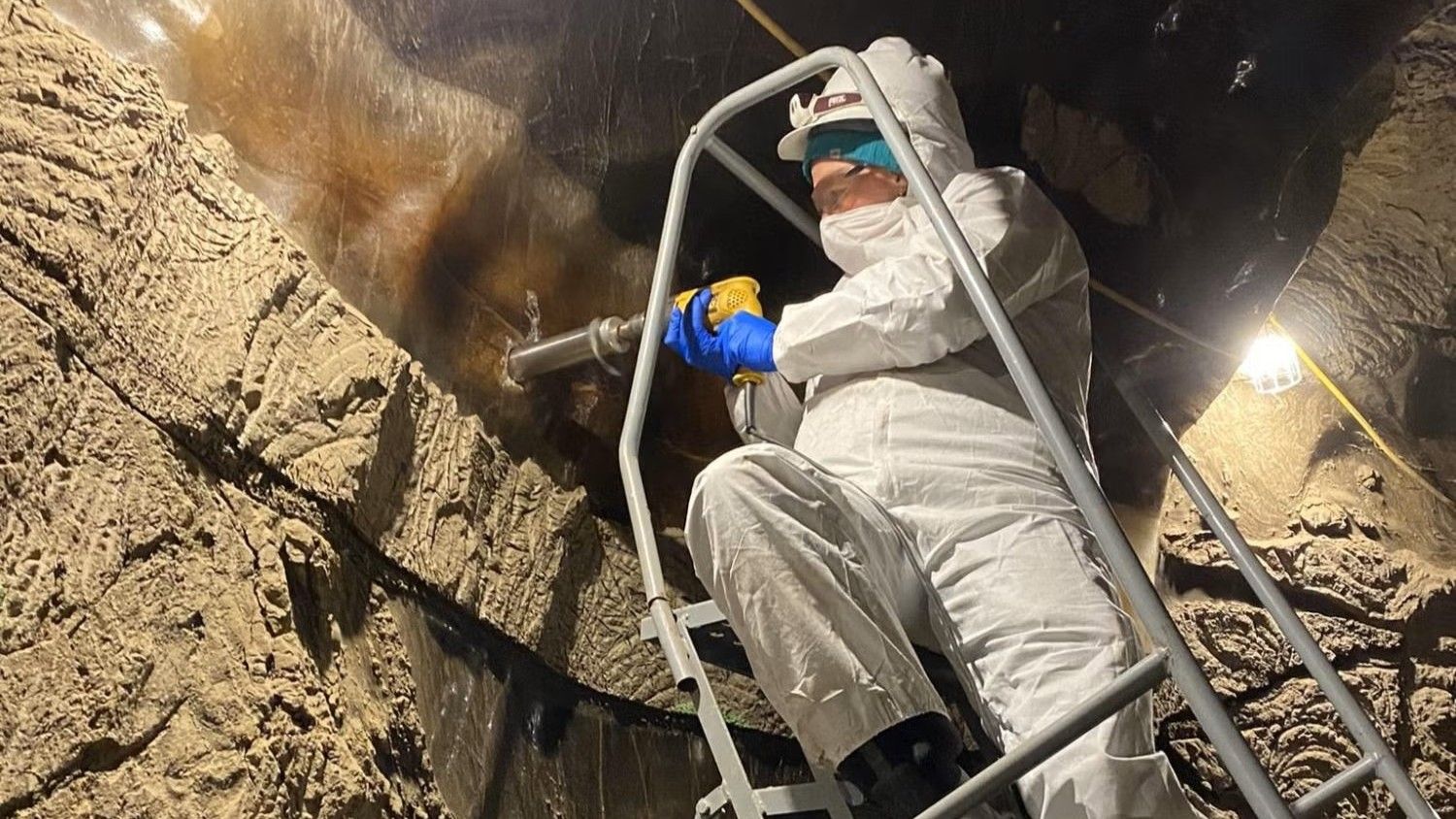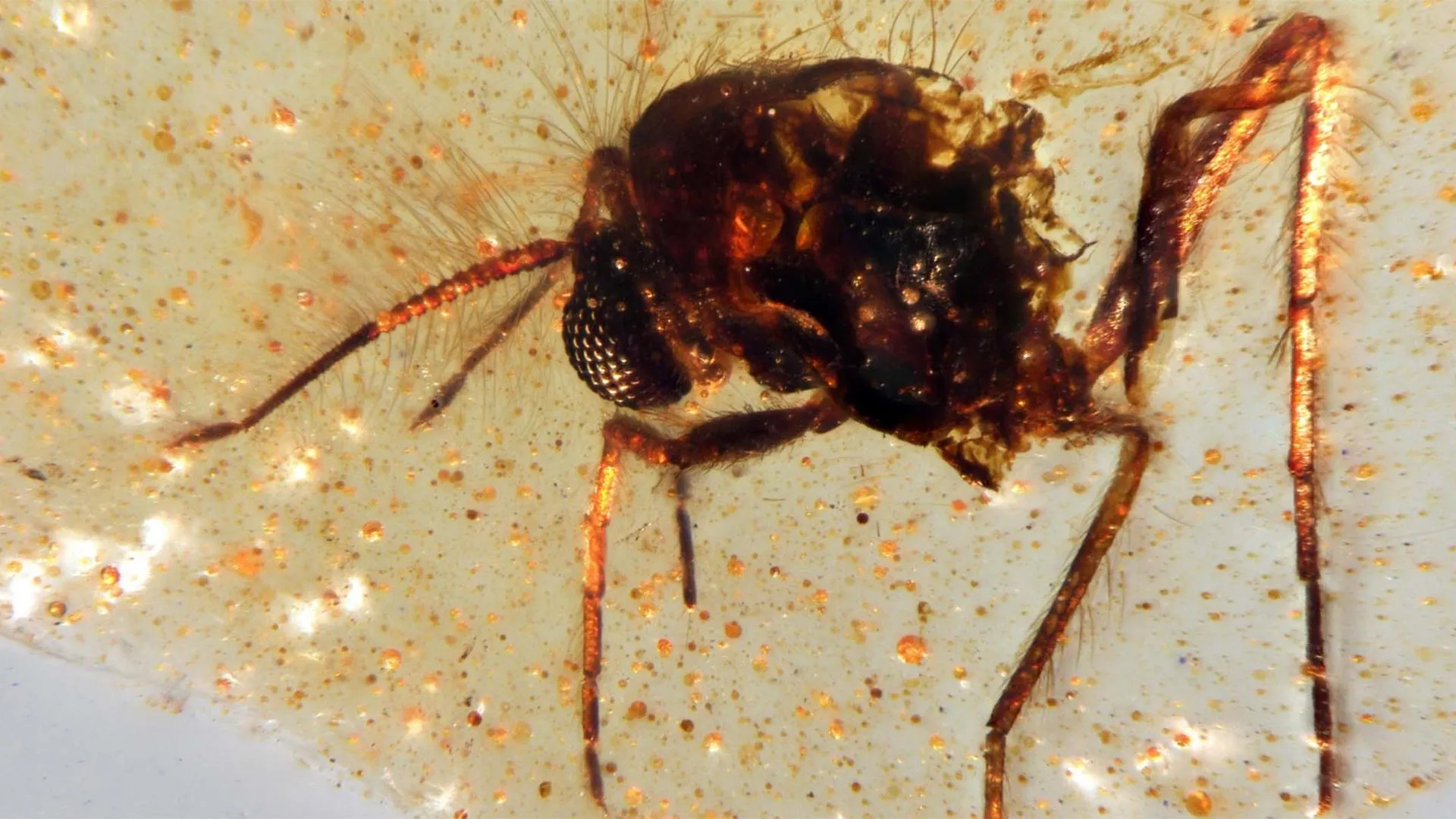A 140,000-year-old skull discovered in Skhul Cave on Mount Carmel, Israel, may represent one of the most significant findings in human evolutionary history. According to a new anatomical analysis, the cranium likely belonged to a 5-year-old girl whose parents came from two different human species: Neanderthal and Homo sapiens.
Clues Hidden in Ancient Bones
First unearthed in 1929 during early excavations at Skhul Cave, the skull was one of many remains recovered from the site, which included seven adults, three children, and various other bones representing a total of 16 hominins. These remains were historically classified as Homo sapiens. However, recent investigations suggest that the classification may have overlooked significant hybrid features in at least one of the individuals.
The girl’s skull exhibits a mixture of traits typical of both modern humans and Neanderthals, leading researchers to hypothesize that her parents belonged to separate species. This analysis, led by paleoanthropologist Israel Hershkovitz, centers on morphological indicators that cannot be easily attributed to a single known hominin lineage.
Hershkovitz and his team argue that this blend of anatomical features points to interbreeding between distinct human groups far earlier — and more intimately — than previously assumed.
“I have long thought that hybridisations were not viable and I continue to think that they were mostly abortive. This skeleton reveals that they were nevertheless possible, even though this little girl lived only 5 years,” explained Anne Dambricourt Malassé at the Institute of Human Paleontology in France.
Earliest Cemetery Sheds Light On Burial Practices
What makes this discovery even more remarkable is its context. The girl’s remains were found within what may be the earliest known cemetery, suggesting that complex burial customs existed long before previously documented.
“We do not know who buried this child, whether this place chosen to bury the corpse was that of a single community, or whether communities from different lineages, but which coexisted and established contacts or even unions, shared rites and emotions,” said Malassé.
The presence of an organized burial site also challenges the notion that ritualistic practices were exclusive to modern Homo sapiens. If the child was indeed a hybrid, then both Neanderthals and early modern humans may have shared symbolic behaviors, including structured burial, indicating a deeper cognitive and emotional capacity than often credited to early hominins.
New Discovery Blows Up the Timeline
This case opens new questions about the timeline and geographic overlap of different human species. While genetic studies have long confirmed that Neanderthals and Homo sapiens interbred — particularly in Europe and parts of Asia — this skull presents physical evidence from the Levant, a region already known as a vital migratory corridor.
Given the age of the remains and the anatomical findings, the discovery may prompt a reassessment of the biological and cultural interactions between species during the Middle Paleolithic period.
Source link


